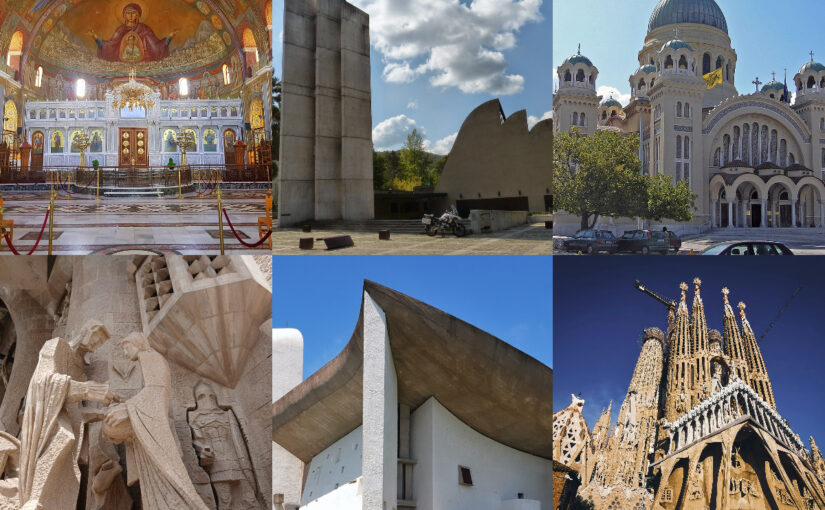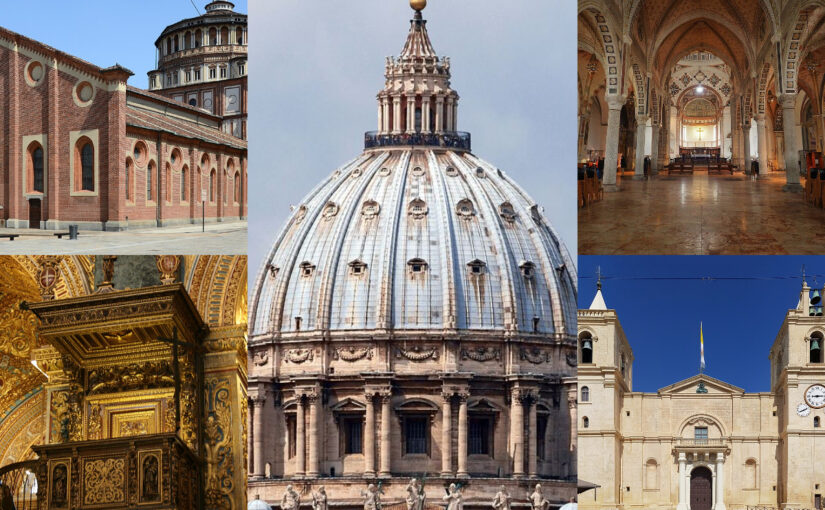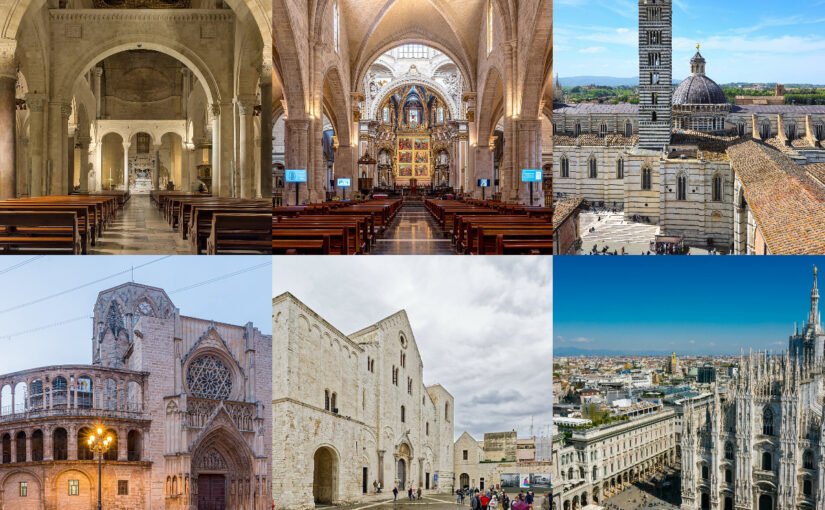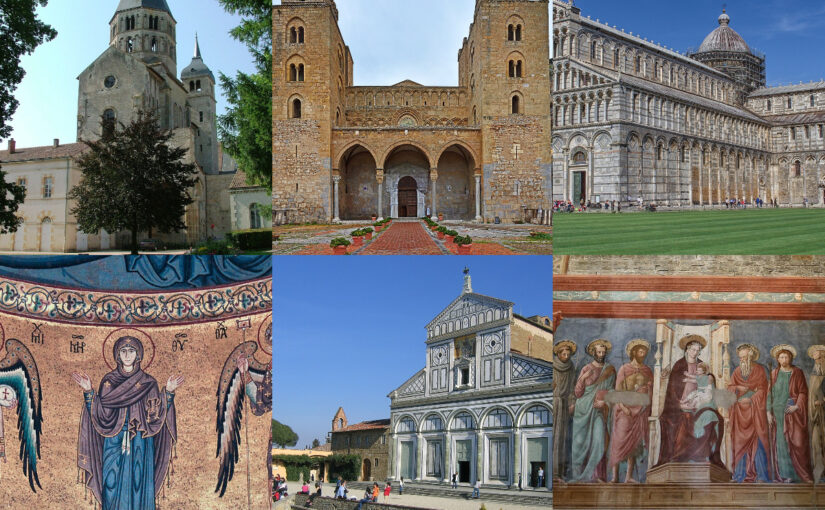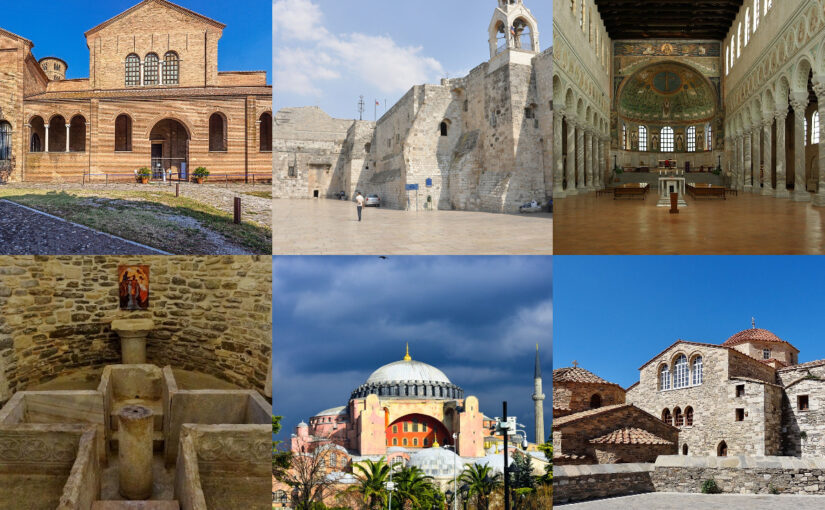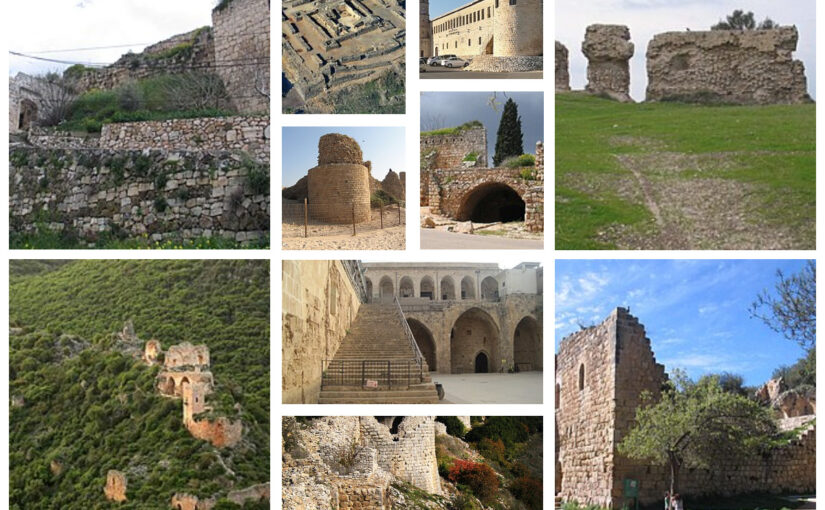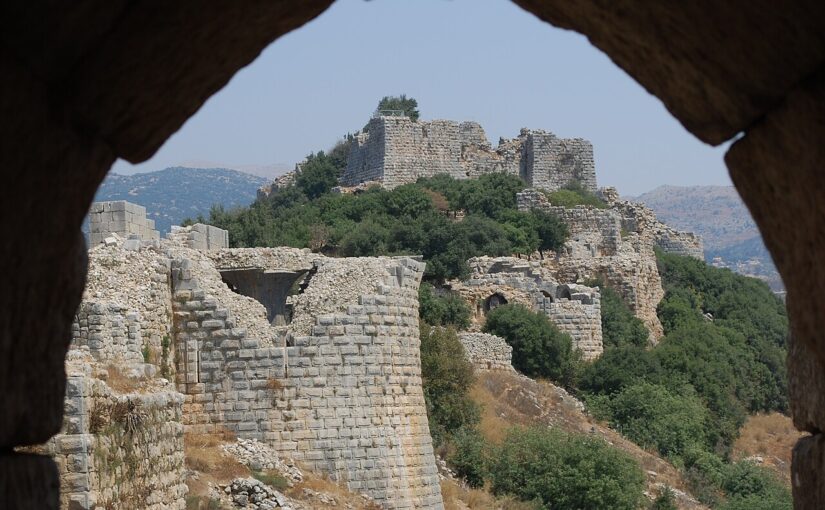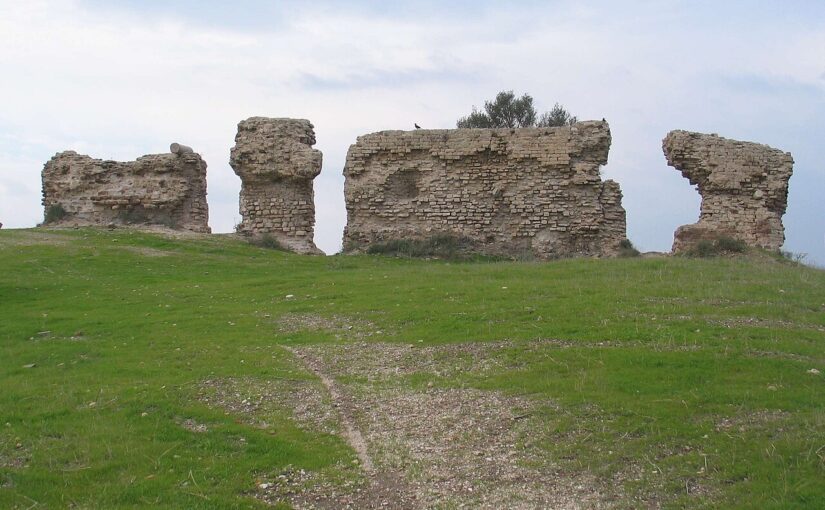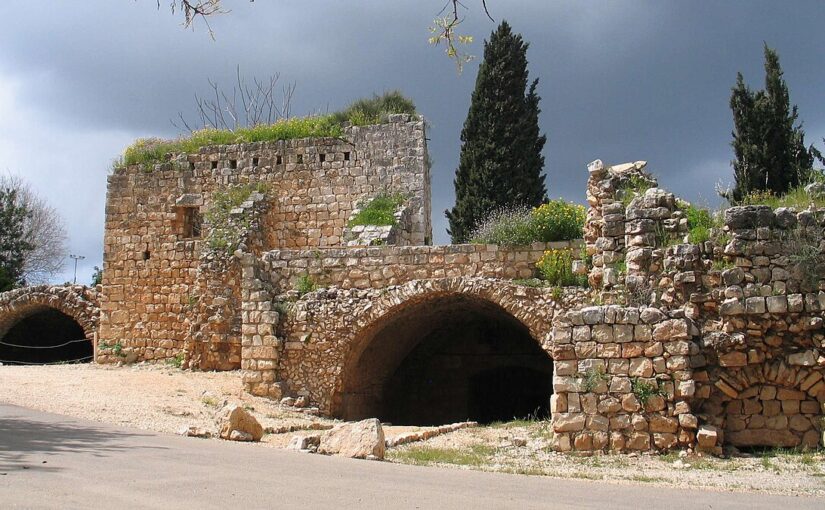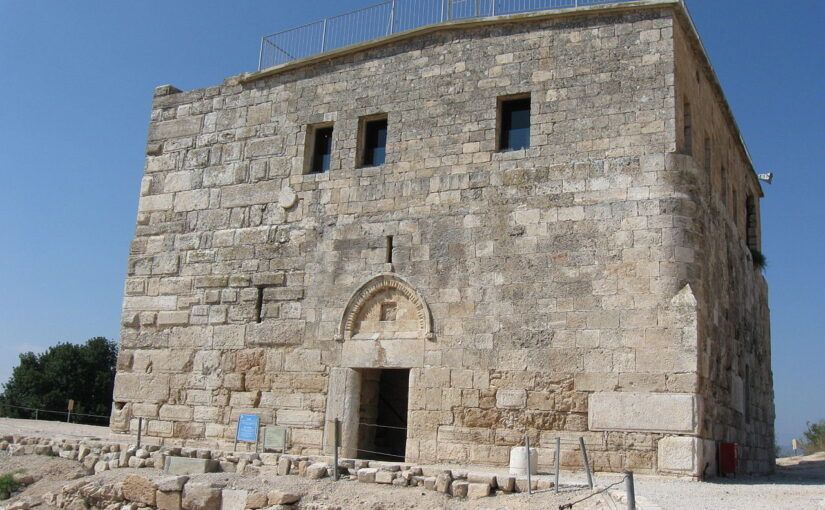Across the sunlit Mediterranean, church architecture tells a story of daring reinvention. Nothing remains static amid the region’s waves of artistic and technological evolution, from the echoes of ancient domes to the angular abstractions gracing skylines today. As the nineteenth century unfolded, historicism swept through southern Europe, resuscitating bygone styles in dazzling hybrids. Brick and marble gave way to concrete and glass. Familiar basilicas shared streets with streaks of cubist geometry and biomorphic curves, ushering in new spiritual possibilities for bustling cities and quiet villages alike.
Continue reading Mediterranean Churches Reimagined: Modern and Contemporary Innovations (19th–21st Centuries)Month: September 2025
Mediterranean Churches: Harmony and Drama from Renaissance to Baroque (15th–18th Centuries)
In the midst of Mediterranean sunlight, the silhouettes of Renaissance and Baroque churches command city skylines and rural landscapes with enduring elegance. These sanctuaries mark a pivotal transition in European architecture, a journey from the constraints of Gothic engineering to a new era of symmetry, classical grace, and, later, explosive theatricality. For nearly four centuries, church builders across Italy, Malta, and Germany reimagined sacred space, beginning with the measured poise of the Renaissance and culminating in the swirling spectacle of the Baroque.
Continue reading Mediterranean Churches: Harmony and Drama from Renaissance to Baroque (15th–18th Centuries)Mediterranean Churches: The Graceful Ascent of Gothic Architecture (12th–15th Centuries)
It began with an audacious leap. The world of Mediterranean churches was changing, shedding the massive barrel vaults and fortress-like walls of the Romanesque in favor of verticality, light, and ornamentation that really belonged to another era: the Gothic. Pointed arches soared over bustling piazzas. Ribbed vaults unfolded above the prayers of thousands. Flying buttresses danced around sacred enclaves, supporting ambitious vaults as high as the dreams of their communities. Yet, as the Gothic style swept across southern Europe, it took on a distinctly Mediterranean resonance. If French cathedrals reached for the sky with razor-sharp skeletons and kaleidoscopic stained glass, their cousins in Italy and Spain married flamboyant flourishes with marble warmth, local color, and urban swagger.
Continue reading Mediterranean Churches: The Graceful Ascent of Gothic Architecture (12th–15th Centuries)Mediterranean Churches: The Romanesque Revival of Faith and Stone (10th–12th Centuries)
Imagine a time when Europe emerged from centuries of upheaval, its people seeking solace in stone and spirit. The Romanesque era, spanning the 10th to 12th centuries, marked a profound architectural awakening across the Mediterranean. This was no mere building spree. It was a revival, a fervent reimagining of sacred spaces amid monastic zeal and societal rebirth. The term “Romanesque” itself nods to its roots, a nod to the ancient Roman techniques it borrowed and transformed. Rounded arches, sturdy vaults, and massive walls echoed the empire’s engineering prowess, yet these elements were infused with a distinctly Christian purpose, creating fortresses of faith that stood as beacons in a turbulent world.
Continue reading Mediterranean Churches: The Romanesque Revival of Faith and Stone (10th–12th Centuries)Mediterranean Churches: The Architectural Brilliance of Early Christian and Byzantine Eras (4th–7th Centuries)
The Mediterranean basin, a crossroads of commerce, culture, and conquest, became the cradle of Christian architectural innovation in the centuries after the Roman Empire’s dramatic turn toward the cross. When Emperor Constantine embraced Christianity and legalized its practice in the early 4th century, the region’s sacred landscape began to transform in earnest. What started as clandestine gatherings in homes or repurposed halls soon exploded into a bold new visual language of worship. At its beating heart stood the basilica, a shape borrowed and transformed; its stones are the quiet witnesses to an epochal shift from imperial Roman grandeur to the humility and mystery of Christian ritual.
Continue reading Mediterranean Churches: The Architectural Brilliance of Early Christian and Byzantine Eras (4th–7th Centuries)The Crusader States and Their Enduring Legacy: A Road Trip Through Israel’s Medieval Castles
When the First Crusade captured Jerusalem in 1099, it marked the birth of a new political and cultural experiment in the Levant. Out of the wave of conquest arose four Crusader states, footholds of Latin Christendom in a region contested for centuries. Their existence was brief in historical terms, yet their castles, chronicles, and conflicts left behind a legacy that continues to shape the history of the Middle East.
Continue reading The Crusader States and Their Enduring Legacy: A Road Trip Through Israel’s Medieval CastlesNimrod Castle: Guardian of the Golan Heights
In the far north of Israel, where green hills rise abruptly toward the heights of Mount Hermon, Nimrod Castle commands a breathtaking view of the Golan. The air here is fresh and cool, the mountains shrouded in mist on winter mornings, and the forests of Banias below shimmer with waterfalls and ancient oaks. Along the winding approach, the fortress seems to materialize out of legend—a line of walls, towers, and arched gateways etched against the sky. As visitors crest the ridge, stone ramparts stretch over the slopes, offering vistas that take in Lebanon, Syria, and the lush valleys of Galilee. Nature and myth entwine, giving Nimrod Castle a setting worthy of its centuries-old tale.
Continue reading Nimrod Castle: Guardian of the Golan HeightsAshkelon Fortress: Where the Ancient Meets the Mediterranean
Ashkelon National Park lies on Israel’s southern coastline, a place where the deep blue Mediterranean kisses golden sands and a gentle green landscape. The park’s cliffs rise over quiet beaches and waves crash against ancient stones. Palms sway above the grassy dunes and the air is tinged with salt and sunshine. On a clear day, Ashkelon gleams, a city where history and nature join to create one of Israel’s most captivating destinations. The sound of seabirds and the shimmer of the water make this region a haven for travelers seeking both relaxation and discovery.
Continue reading Ashkelon Fortress: Where the Ancient Meets the MediterraneanYehiam Fortress: Castellum Judin in Galilee’s Hills
Yehiam Fortress sweeps across a hilltop, gazing out over the rolling western Galilee. Clusters of olive trees and swathes of Mediterranean woodland cloak the slopes below, their green set against the blue reach of the sky and distant shimmer of the coastal plain. From the heights of the fortress, the view stretches from Ladder Ridge, across valleys etched deep by ancient streams, all the way to Nahariya, Akko, and even the Carmel mountains. For travelers, the landscape delivers a tranquil sense of space and time. The region is alive with the scents of pine and wildflowers, offering cool breezes during evening hours and radiant golden light as the sun rises.
Continue reading Yehiam Fortress: Castellum Judin in Galilee’s HillsLe Saforie: A Tapestry of History in the Galilee
In the heart of the Galilee, the land undulates in soft hills and valleys. Olive groves stretch across the slopes, interrupted by wildflowers and the occasional outcrop of ancient stone. The air is crisp and scented with pine, especially in the early morning when mist clings to the fields. Not far from Ma’alot-Tarshiha, a city known for its mix of communities and tranquil scenery, sits the site of Le Saforie, a place as rich in history as it is in natural beauty.
This land is alive with sunlight. Each dawn bathes the green hills in golden light, while evenings are often wrapped in a cool, violet haze. The site is tucked away from the noise of urban life, giving travelers the sense that time runs slow here. The countryside encourages lingering. Whether one is picking a path along rural trails or savoring a picnic under an old carob tree, the Galilee feels deeply rooted in both nature and memory.
Continue reading Le Saforie: A Tapestry of History in the Galilee